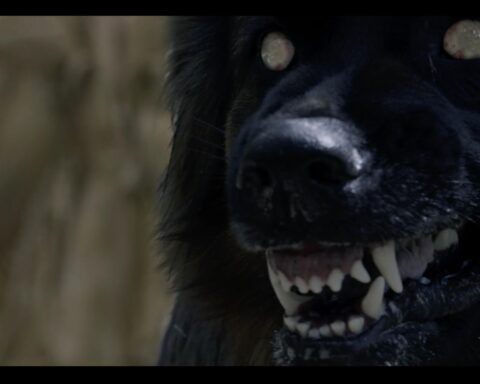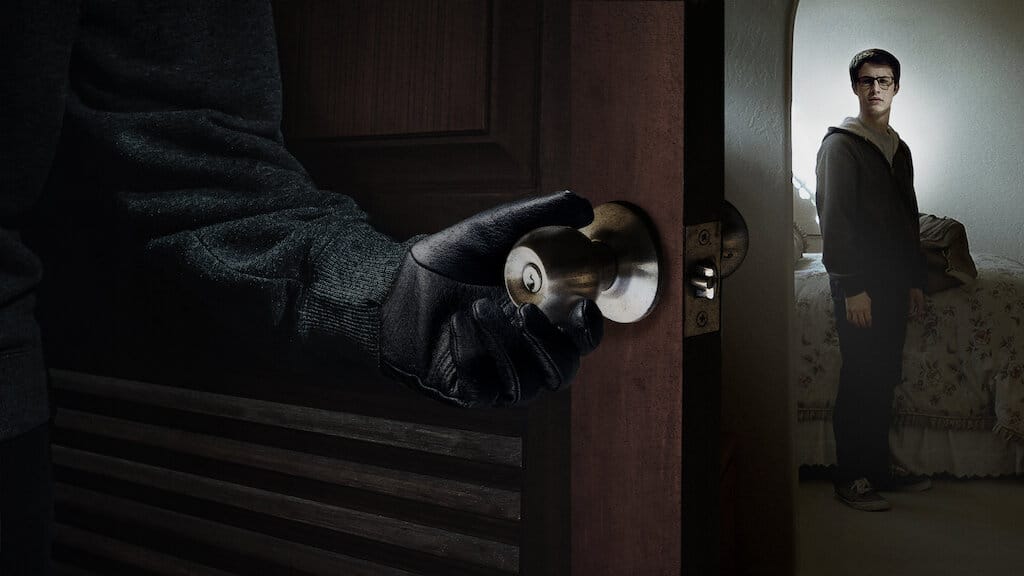Paraguayan director Hugo Cardozo’s latest film, Do Not Enter (No Entres), takes viewers into the eerie depths of a haunted mansion through the lens of found footage horror. Following the success of his debut feature, Morgue, which gained international attention and narrowly avoided a U.S. remake, Cardozo’s second outing cements his knack for atmospheric storytelling—even if it doesn’t entirely stick the landing.
The film introduces Aldo (Lucas Caballero) and Cristian (Pablo Martínez), two struggling YouTubers desperate for viral fame. Their fortunes change when they stumble upon an abandoned mansion surrounded by a walled compound. While their first visit yields nothing more than spooky vibes and some fabricated ghost effects for their channel, their decision to return at night proves to be a grave mistake.
What follows is a slow descent into terror as the mansion’s sinister history begins to reveal itself. A chair flies across a room; a painting of a military figure—possibly dictator Alfredo Stroessner—falls from the wall, signaling darker forces at play. Cardozo and co-writer Hernán Moyano (PussyCake, Cold Sweat) use these moments to build suspense, leaning heavily on the creepy atmosphere of the mold-ridden villa.

The pacing shifts when a child’s tricycle inexplicably rolls into the frame, kicking off a chaotic sequence of supernatural encounters. From apparitions reliving their tragic pasts to unexplained demonic entities, the film piles on scares with increasing intensity. A standout moment sees the characters scrambling across the building’s rain-slicked roof in a desperate bid to escape—a rare and unexpected set piece in haunted house films.
While Do Not Enter delivers its fair share of scares, it stumbles in tying its elements together. The ghosts’ motivations remain unclear, and their connection to the demonic figures is never explained. The final act devolves into rapid cuts, panicked screaming, and a confusing climax that leaves viewers with more questions than answers. Adding to the inconsistency is a restrained musical score, which feels out of place in the found footage format.




The film does succeed in avoiding some common pitfalls of the genre, such as excessive shaky cam. However, it can’t escape the trope of characters inexplicably continuing to film during moments of extreme danger—a decision that strains credibility.
Despite these shortcomings, Do Not Enter showcases Cardozo’s potential as a filmmaker with a strong eye for atmosphere and suspense. While it doesn’t quite reach the heights of genre classics, it offers enough tension and creativity to engage fans of found footage horror.
Currently making its way through festivals and select international releases, Do Not Enter is a solid, if imperfect, entry into the genre. It’s a chilling reminder that some doors are better left unopened.









